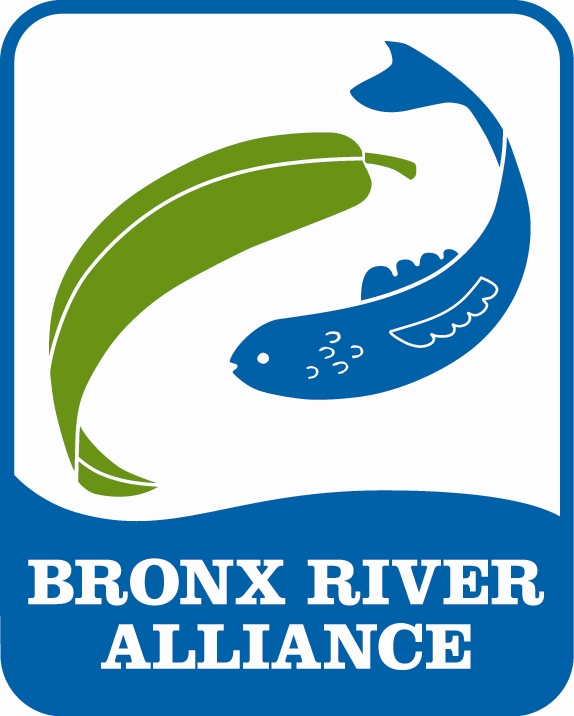WNET's "The City Concealed" series just posted a piece on the Ridgewood Reservoir. You can read the entire posting here. Below is the video.
Ridgewood Reservoir is one of those places that defies the common imagination of New York City. A lake sits surrounded by reeds and two massive basins, each with its own habitat. Dirt paths lined with iron gates from previous centuries surround the basins, but this all hides within a chain-link fence that cuts off access. The fence is a patchwork in constant development, telling the story of repeated entries with wire cutters. A few people might circle the outer fence’s road on foot or bicycle, but for the most part the site is empty.
When we first visited the reservoir with Rob Jett, a birder and local activist, I was struck by the variety of habitat. Aside from the center water body, there were hardwood trees, soggy wetlands, some sort of bamboo, grasses, and a host of other plant clusters. Every moment things were changing, even the ground. Some areas were rocky. Some had compacted dirt, others had soft soil. One wooded zone had trees growing on thin soil, roots exposed, trees slightly bouncing as we walked carefully between them.
Rob Jett and the Highland Park-Ridgewood Reservoir Alliance see the reservoir as an educational opportunity, a chance to take students and locals through distinct environments in a controlled space, but the city Parks department has on its eyes on the park for development.
Ridgewood Reservoir is one of a handful of PLANYC projects, in which the New York City Department of Parks & Recreations seeks to find new and creative uses for open or unused spaces. Although no master plan has been selected, active recreation (such as ballfields) are on the table, which has some local residents worried.
For active recreation the city is focused on one basin in particular, which has shallow soil on top of clay, a ground that they claim may never sustainably support a healthy native habitat. The Highland Park-Ridgewood Reservoir alliance points out that these same drainage issues could also make the site inappropriate for ballfields.
As the city moves forward on an early development phase, making improvements to the perimeter walkway, it’s clear that any thoughtful improvement will likely benefit this long overlooked space.
- bijan rezvani, producer
Send us an email



